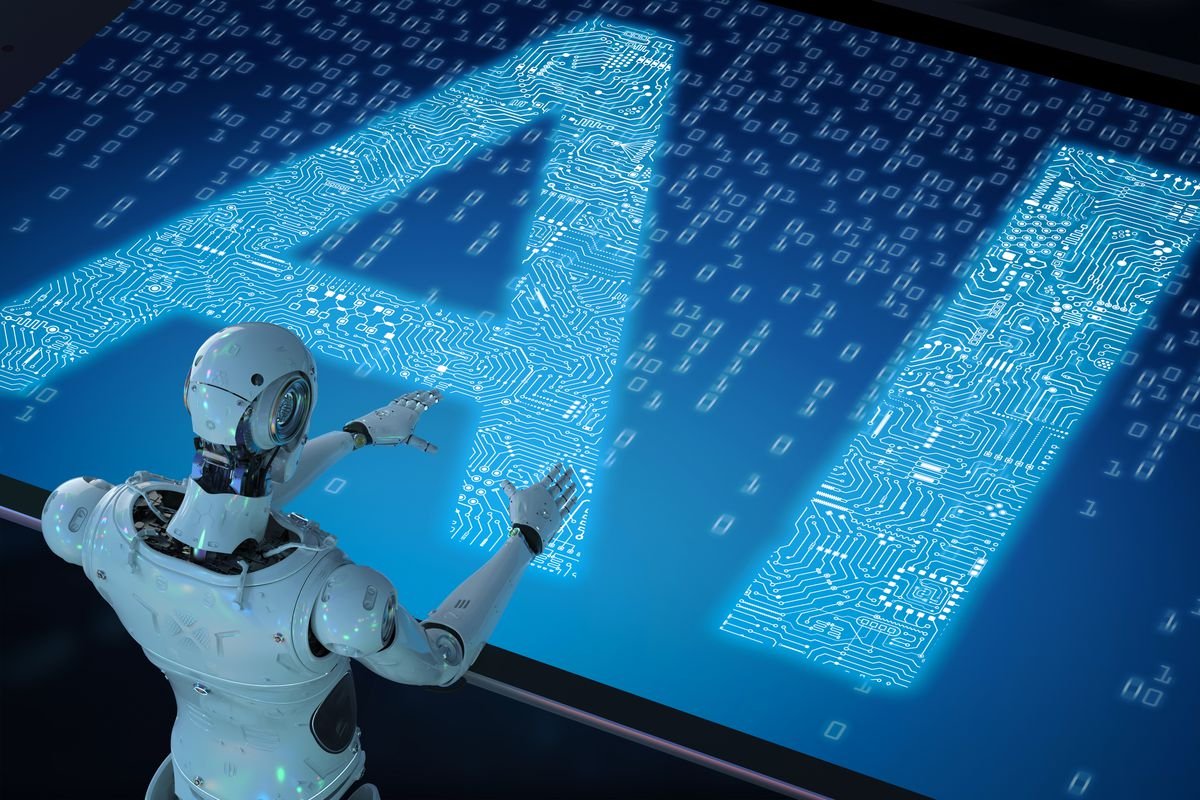
It built materials the equipment needed to build the virtual two Settings in a wide room in a public school. In a suburb of Chicago. The user of one environment could not See the other or its user world, but the two users were near enough so that they could talk to each other.
Two needed by our instructional procedure about physical models. One was a model of foam rubber from the virtual asteroid with a diameter of around eight inches, Painted and fitted with a spaceship model, rocks and Other characteristics that make it identifiable as a model of the Digital asteroid as seen in the world of Mission Control. A regular Earth globe was the second physical model Purchased from a bookseller.
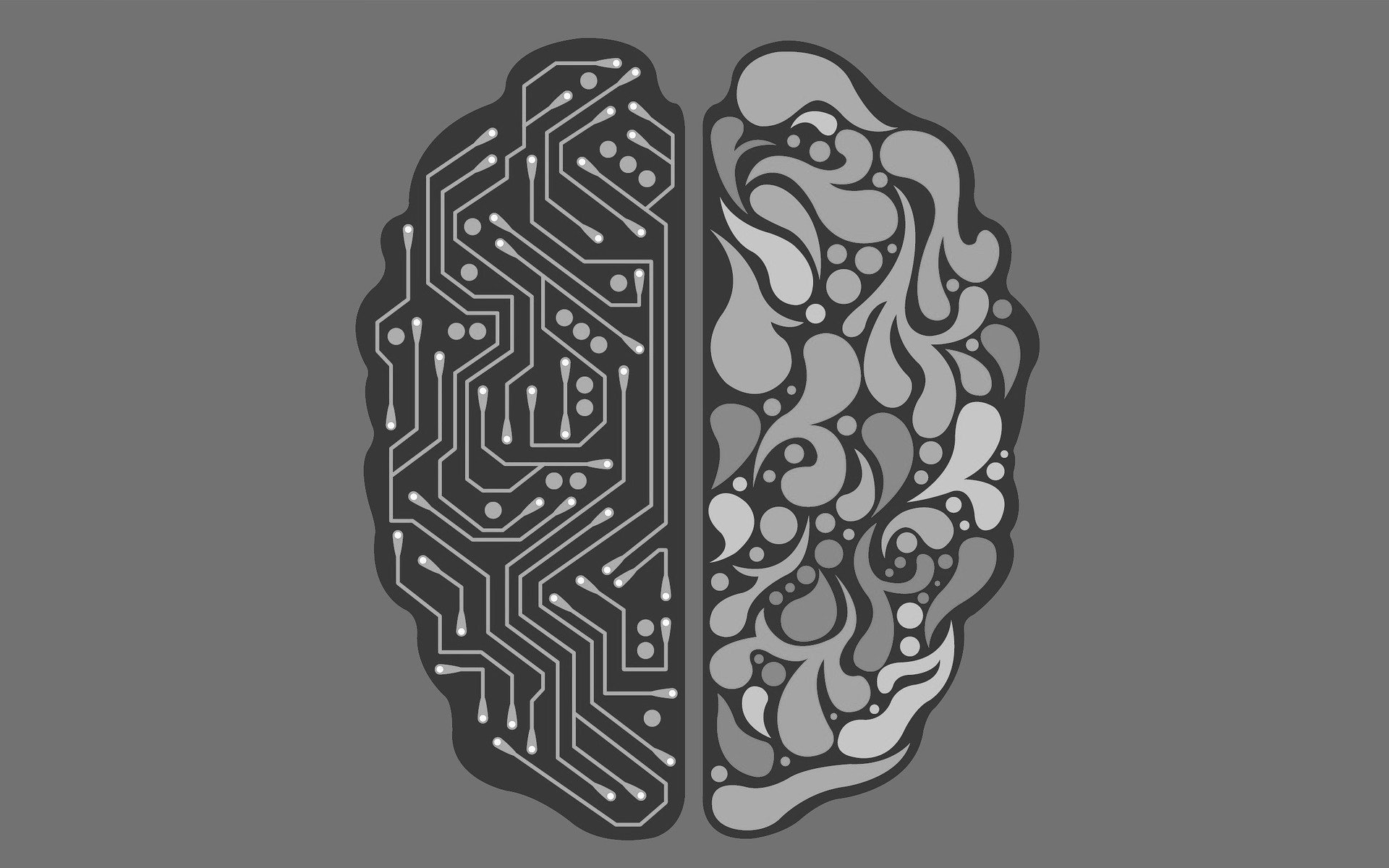
Awareness test To determine the comprehension of children's knowledge of Earth form, we built a structured interview Derived from those that previous researchers have used (Nussbaum,1985; 1992 by Vosniadou & Brewer). The interviewer (the interviewer: The member of the project team) asked 18 questions about the shape of The content of the area below the surface, the Earth, Circumnavigation, up and down relativity, and Occlusion by bending. The children's responses were answers to the Classified by the interviewer at testing time, using a collection of Categories of coding resulting from a pilot study (Johnson,Ohlsson, Moher & Gillingham, 1999). The awareness test The interview was 10-20 minutes long. They used the same test as the one used for Pretest, posttest, and posttest delays.
They pretested subjects all the fifty children in second grade Class rooms in attendance. The twenty-eight children those who correctly answered 10 or less pre-test questions included in the community on treatment. Because of the limited number, of We included all such students in a Pretest-posttest configuration over the division into two classes of two groups, a treatment-control design. The 22 kids who replied11-13 questions will appropriately refer to as the Comparison group, while in the control group it is not a control group, Statistical meaning because of the allocations of the non-random group.
Procedure The procedure for the children in the counseling program is The method comprised pre-test, VR experience, bridging Operation, post-test and post-test delays. For the kids in the comparison party, the procedure comprised pretest and Posttest, posttest.
(a) Referring to VR. They have paired the kids into teams of Oh, two. The two experimenters during the familiarisation process The guides helped the kids put on the stereo.Glasses and led them around the matching ones Five minutes Settings. Then the two kids S switched places and repeated the process of familiarization for five more minutes. The guides during familiarization Visual features related to sphericality (nearness) pointed out.The horizon, objects that rise above the horizon, the avatar seeming to be upside down, circumnavigation, etc.)
The children were told during the game process that they were In the absence of fuel and their work; someone stranded them on the asteroid. Extra fuel cells spread over the asteroid were to identify so that their space ship can return to Earth. The asteroid collected the kid on the monitor The fuel cells, but the child at Mission Control helped to locate fuel cells (the latter were obviously visible in the view of Mission Control) and by providing directions to the other baby. The kids played the game for ten years, Minutes switched positions and continued for an extra one Minutes, then. There fore each child had 30 minutes, Interaction of (5+5+10+10) with the two VR worlds.
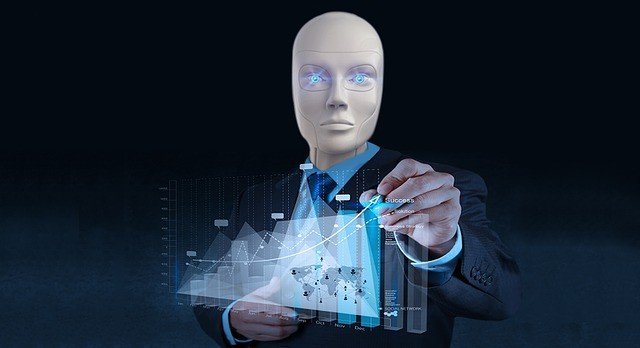
(b) Dialogue Bridging. Instantly, after the VR Experience, they have escorted the two children to two distinct children: A structured discourse room for bridging discussion with a project team member. The intention of this dialogue should prompt reflection on the past and experience of VR To help the child pass the idea of the spherical planet to his or her own idea. Her Earth Conceptual Model. Within each stage of the conversation, The tester reminded the kid of his or her VR Awareness with the help of the physical model of the Asteroid, recreating a certain part of the experience (e.g.,Circumnavigation) with figures from toys. Then the experimenter He transferred the child's focus to the Earth's globe and told her He or she is also the one that was the case on the asteroid.Case on Earth, enacting with a toy the required facet Figures vis-à-vis the world of the Earth. Then the conversation shifted back to the model of the asteroid to cover another facet of Sphericality, often illustrated with the globe of the Earth; And so forth. They take approximately 15 up by the bridging discussion: Oh, minutes.
(c) Posttest. 24 hours after the subjects were post-tested, the knowledge of learning. (d) Post-test delay. The post-test delay was Four months after the learning experience, administered.
Outcomes Figure 1 illustrates the effect. The quality of the treatment group improved from a mean of 7.3 correct to 7.3 correct, Responses to an average of 12.9 correct answers on the pretest The mailing exam. We tested the posttest mean with a single-sample-test, using the pretest mean as the comparison of Uh. Worth. Statistically, the difference is important (t = 13.68, p = 13.68).<.000). < The treatment group then changed from pretest to pretest. A posttest. The size of the shift is 12.9 -7.3 =5.6 units of magnitude, which is 1.9 times the standard deviation for Pretest, pretest. The average number of correct responses on the post-test delay was 11.4. Almost the whole pre-to-post-test Enhancements maintained four months later.
Since the questions posted were like the questions posted, Pre-test problems of enhancing the perception of the Earth by children triggered by About the test itself. To calculate, we can use the comparison group to The influence of a measure. The members of the benchmarking party The VR were pre-tested and post-tested but did not undergo the About experience. The average number of correct responses in this: In the pretest sample, 12.2 and in the posttest group, 14.0.
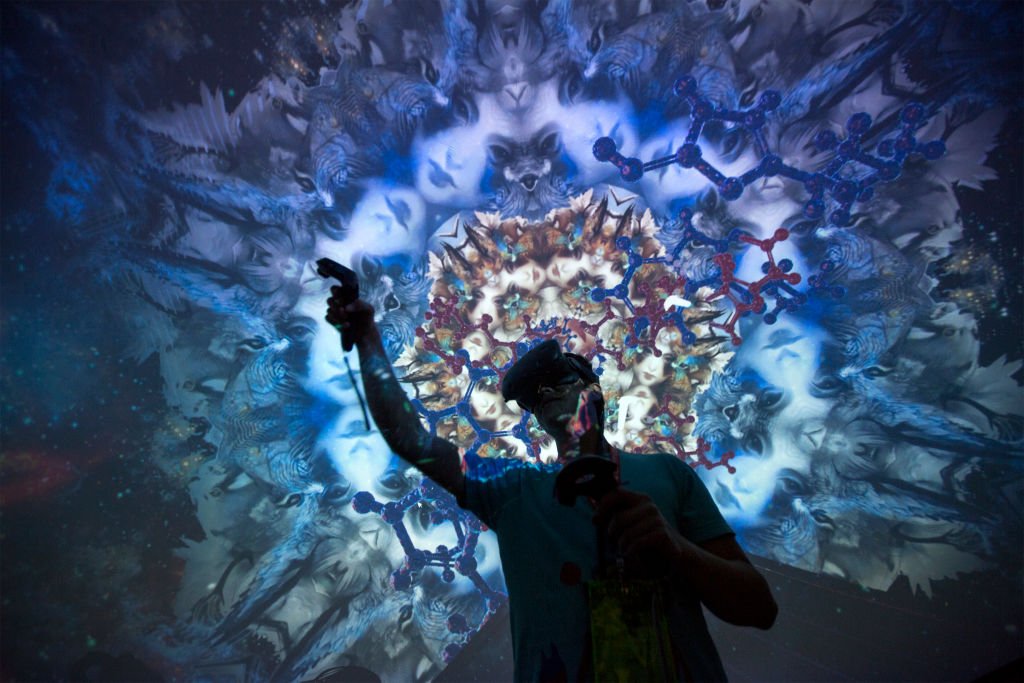
A single-sample t-mean post-test, using the pre-test Mean as a value of contrast, showed that the pre-to posttest shown the difference (t = 4.6, p <.000) is statistically important. Taking the exam, therefore, prompted some learning, even in the VR experience is incomplete. The impact magnitude14.0 - 12.2 = 1.8 is.6 times the standard deviation, which is 1.8. The pre-test. This increase is substantially lower than the change in the counseling party. Owing to the Non-random distribution of subjects to classes, proof supported by this study is admittedly weaker proof than offered by a proper control party.
0
2
4
6
8
10
12
14
16
18
The No. of Right Answers
Delayed Pretest Posttest Pretest
7.3 Yeah, 7.3
Twelve.9
11.4 4.4.
Figure 1. Figure 1 On the three tests, the average number of correct responses Opportunities.
A t-test for independent samples implies that the difference is different. On the pre-test between the care and reference groups (t = 10.71, p <.000) was statistically important. There was, there was, There is no important difference between the two groups because of (t = 1.90, p >.06) post examination.
Discussion During The children in the care group almost doubled their numbers: Understanding of the Earth's shape, as determined by our own Test for Information. The treatment group initially performed Significantly below the category of comparisons, but performed and on the posttest the latter. Our learning the situation made those kids who did not spontaneously have a scenario Gained an appreciation of the Earth's form for capturing along with others who had. Comparison to random acquisition, Method, which takes place over several years (Nussbaum, 1985;1992), the displacement case, Vosniadou & BrewerIt helped kids to get the target idea in one day.
Four months later, they kept it.Why was the scenario of displacement successful? Another rationale for these findings must answer the paradox of Deep learning: Seldom are core ideas transformed by Novel input; the surrounding belt of the belt is too secure;Auxiliary concepts and convictions. And how does profound learning ever happen?Hey come around? Affirmations of the cross-domain transition hypothec is Whose core concepts not transformed but substituted by concepts Transferred from other situations, domains or circumstances (Chi, (1992). In the present analysis, our virtual asteroid and the virtual asteroid are both: we can assume Planet to belong to the elementary realm of Astronomy, but the important argument for learning is that our astronomy is.
Subjects had no previous understanding of the shape of the virtual meteor, but the shape of the Earth was what they did.
This deep learning model varies substantially from that of Other models, such as attempts to see deep learning in the sense of Children as analogous to alteration of scientific theory (Gopnik &Meltzoff, 1997; Posner et al., Hewson & Hewson, 1984;In 1982). With this theory, one difficulty, as it has arrived: It is to understand that human beings are not visibly The central method, presumably good at evaluating facts, Shift in Philosophy.
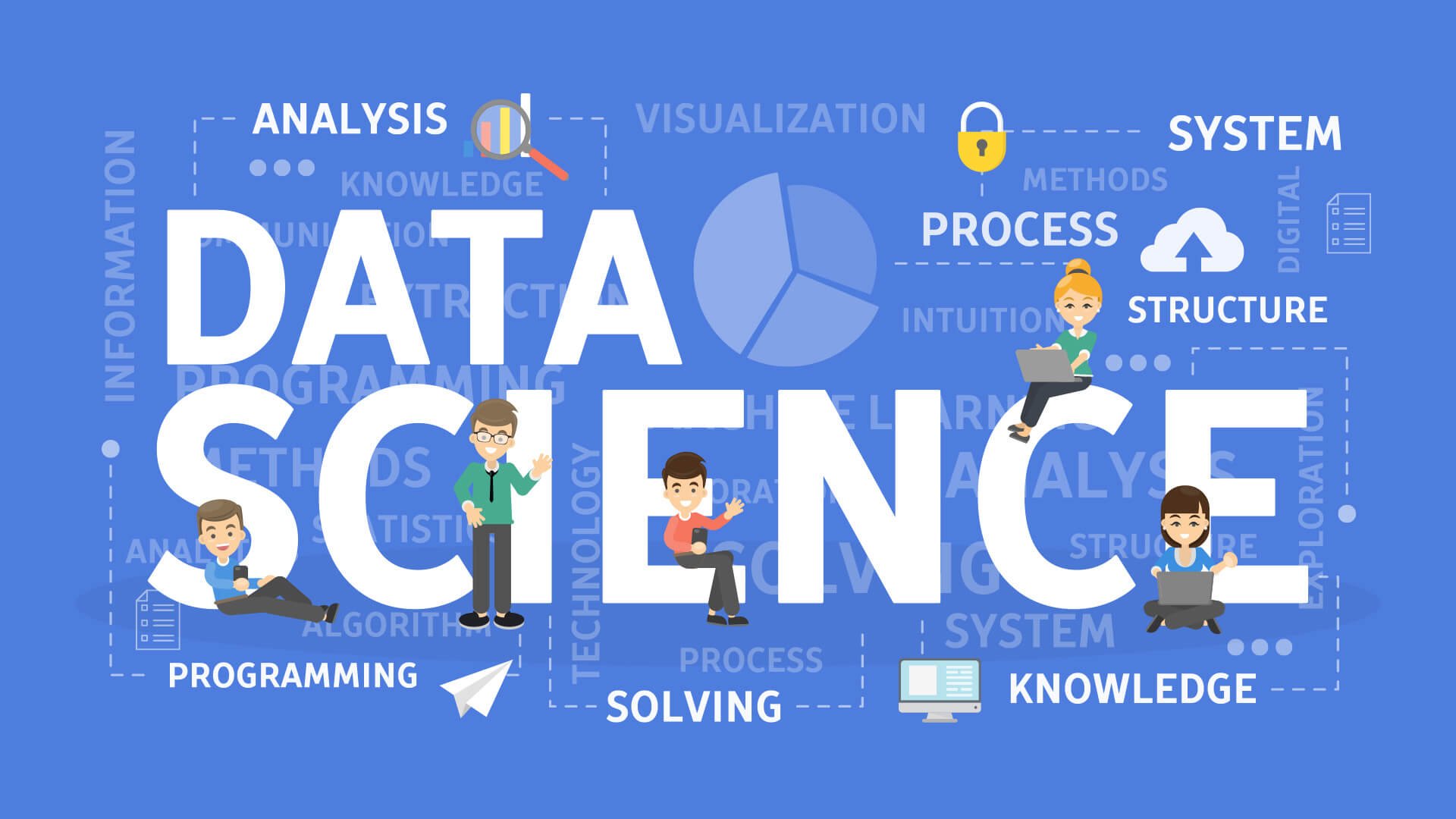
In logical rather than naturalistic words, the theory explains cognitive changes (Ohlsson, 2000). It does not justify our results, since we did not Introduce proof of some sort to our subjects: We They acquainted with a previously unfamiliar climate. And then argued that what was valid in that setting was That's also true of the World.
Transferring the cross-domain The hypothesis does better because unlike the theory, it does better because It does not say that dissatisfaction with prior ideas is a disappointment with prior ideas A learning requirement. Not inherently, prior concepts Falsified or rejected; otherwise, when they become disused, they fall into disuse.There is another, more useful concept available.
Unlike the DiSessa Principle of Knowledge-in-Fragments (1988, 1993) and (1995) by Smith, DiSessa and Rochelle, deep learning as a mechanism does not reflect the existing theory. The so-called clarification, organization and systematization of Primitives from phenomenology.
Alternatively, it argues that a key: The definition that has moved from a unique perspective can be Serve as a point of departure for a new interpretation of the Background of goal.
One problem with the view of knowledge-in fragments is that it is unclear how to systematize and Organizing can give rise to a new definition that directly contradicts at the beginning, one idea available.
If, for instance, the experience of the virtual asteroid seems unplausible. Our They will prompt subjects to arrange their doubtless The Earth's scattered knowledge in such a way that they suddenly, he remembered it, had to be spherical.
While our findings are more consistent with the hypothesis of cross domain transfer than with these alternatives, Hypotheses, in many respects, the present study constrained. The number of kids was tiny, and we did not have proper control. The group and the results do not allow us to distinguish the effects Experience in virtual reality from the effects of the Dialog bridging.
We are currently completing a follow-up phase. Research that discusses these constraints.
The cross-domain, besides its theoretical importance, transfer hypothesis, might have practical significance. Yeah, it's commonplace in educational debate they should connect the good instruction The previous experience and knowledge of the learners to About experience.
This pedagogical tactic, however, is unlikely to allow those cases in which they involve the target subject, be efficient Material clashes with the previous awareness of the students The solution to this is to
Teach the new definition particularly and support the learner, Shift it to the domain of the aim. Since several scientists have.
ideas disagree with ideas derived from experience (e.g., Inertia), the scenario of displacement has the potential to be a Useful instrument in the education of science.recognitions
The work recorded here partly funded by grants, Through Learning and Intelligent Systems #EIA 9720352Program to Thomas De Fanti and in part, via the #BCSS grant9907839 from the network for child learning and development To the author of the first. The two funding programs are part of the structure of the Foundation of National Science (NSF).

The References From Bereiter C. Towards a teaching approach: Yeah. Paradox. Educational Research Review, No. 55, 201-226.M. T. H., Chi. Inside and through conceptual transition Categories of ontology: Examples of learning and In science: exploration. In R. N. Giere, Emotional, (Ed.),Science's models.Minneapolis, Minnesota: University of Applied Sciences, Minnesota Press. Chinn, C., and W.
Brewer. The function of anomalous information In the acquisition of knowledge: a theoretical structure and Implications for instruction in science. Analysis of The Study in Education, 63, 1-49. Czernuszenko, M., Pape, D., Sandin, D., DeFanti, T., Dawe, D., DeFanti, T.G. L., & M. D. Brown, Immersa Desk and The Immersa Desk Projection-based augmented reality shows from Infinity Wall. Computer Graphics, 31 (2), 46-49, respectively. Hey, Darden, L. Strategies for anomaly resolution. R. In R. Giere, (Ed.), Science Cognitive Models. In Minneapolis,
MN: Minnesota University Press. Hey, DiSessa, A. A. Connaissance in parts. G. Forman In G. Forman& P. P. & P. Pufall, (Eds.), Computer-age constructivism.Hillsdale, Nueva Jersey Erlbaum.
Hey, DiSessa, A. A. Towards the physics of epistemology. 10, 105-225, Cognition and Guidance. A. H., Eagly & Chaiken, S. Power of Attitude, The structure of attitude, and resistance to change.
R. E. Petty's In& J. J. & J. A. Krosnick (Eds.), Power of Attitude: History Consequences and consequences. Hillsdale, Nueva Jersey: Erlbaum. Fodor, J. A. The language of thought. Sussex, Great Britain: Press of Harvester. Gopnik, A., & A. N. Meltzoff. Words, feelings, and stuff: Hypotheses. Cambridge, MA: Press of MIT. Hewson, P. W., and M. G. A. Hewson. The role of The technical dispute of conceptual change and the design of conceptual change Instruction on science. Science of teaching, 13, 1-13. Hirschfeld, L. & Gelman, S. & Gelman, S. Mind Mapping. Cambridge, UK: The University Press of Cambridge. Johnson, A., Ohlsson, S., Moher, S., & Gillingham, M. (1999, December/ November). Project The Round Earth:vFor conceptual learning, Interactive VR. Computer IEEE Applications and Images, pp. 60-69.Amsel, E., Kuhn, D., & O'Loughlin, M. THE Creation of knowledge for scientific reasoning.CA, San Diego Academic Newspapers. Oh. Lakatos, I.The Scientific Research method Yeah. Services.Cambridge, UK: Cambridge University From the news. Larkin, J., & R. Chabay (Eds.), (Eds) (1992). Computer-aided Intelligent tutoring programs and training.Hillsdale, Nueva Jersey: Erlbaum. Elbaum. From Nussbaum, J.
The Planet was a celestial entity. R. In R.

E. Guénè, Driver, & A.
Tiberghien (Eds.), Children's Companies In Science, concepts. Milton Keynes, UK: University of the Open.
From the news. Hey, ohlsson, S.
Learning and learning to do
Understand: A lesson and a challenge for cognitive Patterning.P. Reimann and H. In Spada, Learning (Eds.), In people and machines: Towards an interdisciplinary approach.
Science Learning. Oxford, Great Britain: Elsevier. Hey, Ohlsson, S. Theoretical devotion and tacit inference Knowledge: why learning not triggered by anomalies. Education & Research, 8. 559-574.Hey, Ohlsson, S. Anomalies, falsification and the.
Naturalistic cognitive change approach.
Technology & Science Training, 9, 173-186. Strike, K. A., Posner, G., Hewson, P. W., & Gertzog, W. A. accommodation of a theoretical concept: Toward a scientific conception A philosophy of conceptual transformation. Training for Research, 66, from 211 to 227. From Rokeach, M. Beliefs, behavior and morals. San in San.
Francisco, CA: Bass-Jossey. Smith, III, J. P., A. A. DiSessa, & J. J. Roschelle, Reconceived misconceptions: A constructivist study of In-transition experience. The Learning Journal.
3, 115-163, Sciences. K. A., Strike, & G. J. Posner, a revisionist principle of conceptual transition. R. A. Duschl & R. in R.J. Hamilton, J. Hamilton,(Eds.), Science theory, Social Psychology, and Theory and reality of education. New York: The Situation New York University Press. Oh, Vosniadou, S. Universal and unique to cultures The properties of the earth's conceptual representations of infants. L. In L. About Hirschfeld and S. Gelman (Eds.), Mind mapping. Cambridge, UK: The University Press of Cambridge. Yeah. Vosniadou. Yeah, S., & Brewer, W. F.Mental templates for The Earth: A analysis of childhood mental transition.
Virtual Reality, Augmented and Artificial Intelligence 2021 specialist Amit Caesar wrote the article.
You should also check out the following articles:
- Apple’s first headset will focus on “high-quality” games, reporter claims
- Pets, people, and Android Phone Notifications are now visible in Quest 2.
- 30 The top virtual reality games in 2021
- 10 Accessories to Improve Your Flight Simulator in VR
- November 26, 2021 is Black Friday. Deals on Video Games and Virtual Reality in 2021
- Facebook wants to build a metaverse. Microsoft is creating something even more ambitious.
- Metaverse’s Cryptocurrency Leaps in Price After Facebook Rebrands as Meta
- Best VR Gifts for Christmas in 2022
- What is Augmented reality (AR) ?
- How to succeed in the virtual reality world of tomorrow?
- Soon you will taste and chew, touch and smell in VR
- Books you must read about virtual reality
- Best New Augmented Reality Books To Read In 2021
- virtual reality Life 2029
Subscribe now to our YouTube channel
Subscribe now to our Facebook Page
Subscribe now to our twitter page
Subscribe now to our Instagram
Subscribe To my personal page on linkedin
Subscribe To my personal page on tiktok page for those who love to dance :)
Don't forget to be my friend. Sign up for my friend's letter. So I can tell you ALL about the news from the world of VR&AR, plus as my new friends I will send you my new article on how to make money from VR&AR for free.


